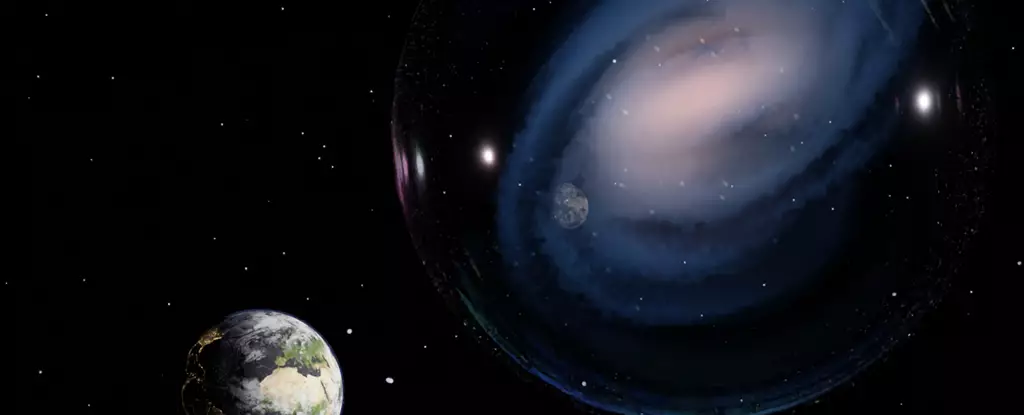The Universe is a vast and mysterious place, filled with countless galaxies and celestial wonders. Among these, a galaxy known as ceers-2112 has captured the attention of astronomers worldwide. Its existence challenges our understanding of galaxy formation and evolution, raising intriguing questions about the early Universe. Through the lens of the James Webb Space Telescope (JWST) and the Hubble Space Telescope, researchers have uncovered a complex, barred spiral structure reminiscent of our very own Milky Way. This article delves into the enigma of ceers-2112 and explores its implications for our understanding of the cosmos.
Traditionally, complex galaxy shapes were believed to form over long periods of time. However, ceers-2112 defies this assumption. Despite being a mere 2 billion years old, the galaxy exhibits a well-developed structure, including a prominent bar at its center. This revelation challenges the prevailing theories of galaxy formation and evolution, suggesting that these processes might occur at a faster pace than previously thought. Astronomer Alexander de la Vega from the University of California, Riverside, notes that “some aspects of our theories of galaxy formation and evolution need revision.”
Galaxies, such as ceers-2112 and the Milky Way, are immense conglomerates of dust and gas held together by gravity. The gravitational forces, both from the matter within the galaxy and dark matter, contribute to the formation and structure of these cosmic entities. Within the primordial dust clouds, nuclear fusion ignites, giving birth to stars and planets. The cumulative effect of inertia and gravity’s attraction causes the swirling dust and stars to form a disc-shaped structure.
Bars are common features found in spiral galaxies like the Milky Way. These elongated structures emerge as a consequence of the intricate interplay between angular momentum, gravity, and the inertia of falling masses within a galaxy. As stars follow their orbits, the gravitational interactions with the bar and nearby galaxies can perturb their paths, leading to the formation of distinct patterns, such as spiral arms. The traditional understanding was that these processes require prolonged periods to shape a galaxy.
The discovery of ceers-2112 challenges preconceived notions about the stability and development of galaxies in the early Universe. Previously, it was believed that bars could not form or persist in the chaotic and turbulent conditions of the early cosmos. However, ceers-2112’s existence suggests otherwise, forcing scientists to reassess existing models of galactic evolution. It joins a growing list of surprising findings that continue to reshape our understanding of the early Universe.
As the JWST continues to unveil astonishing images of the cosmos in its infancy, scientists eagerly anticipate further insights into the formation of galaxies like ceers-2112. By studying these celestial marvels, we hope to unlock the secrets of our own Milky Way and gain a deeper understanding of the origins of the Universe itself. The enigmatic beauty of ceers-2112 serves as a testament to the vastness of the cosmos and the boundless mysteries that await our exploration.
The discovery of ceers-2112 challenges the conventional narrative of galaxy formation and evolution. Its remarkably well-developed structure at such an early age demands a reevaluation of our theories and models. The James Webb Space Telescope and the Hubble Space Telescope continue to provide us with unprecedented glimpses into the vastness and complexity of the Universe. As we uncover more celestial wonders like ceers-2112, we inch closer to unraveling the mysteries that lie deep within the cosmos.


Leave a Reply